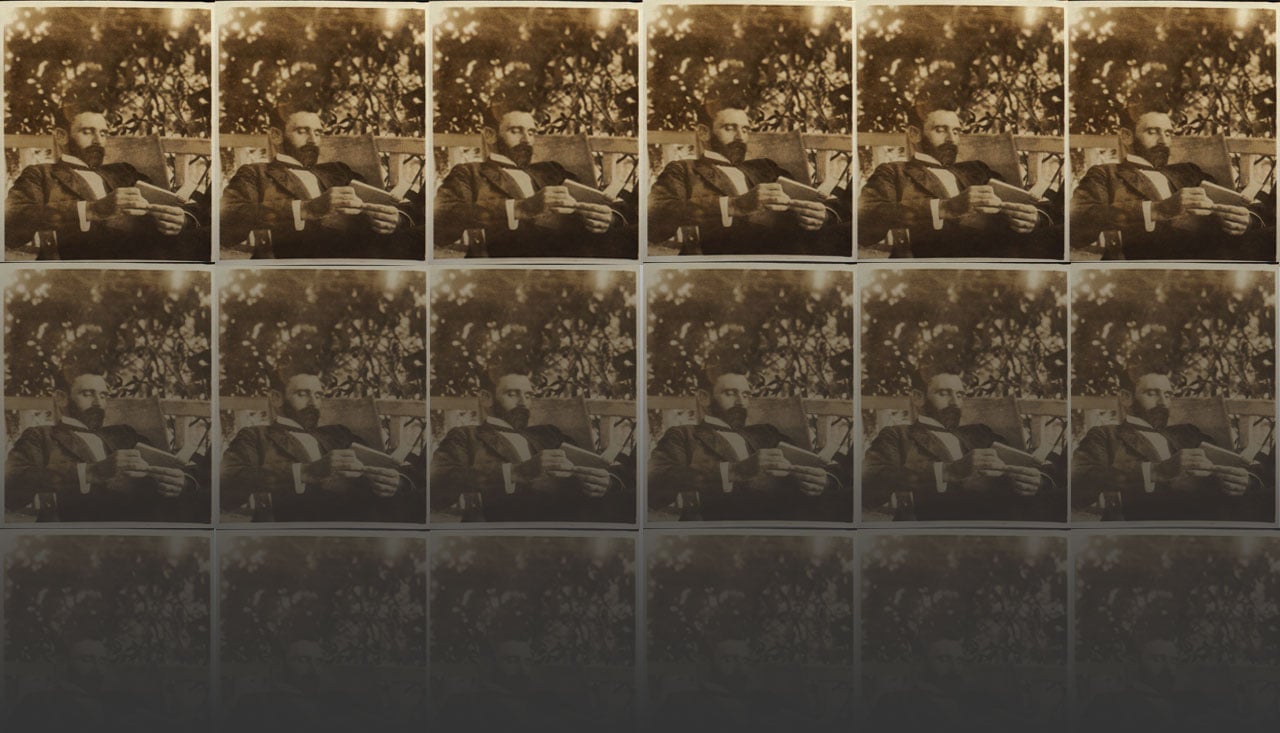Features
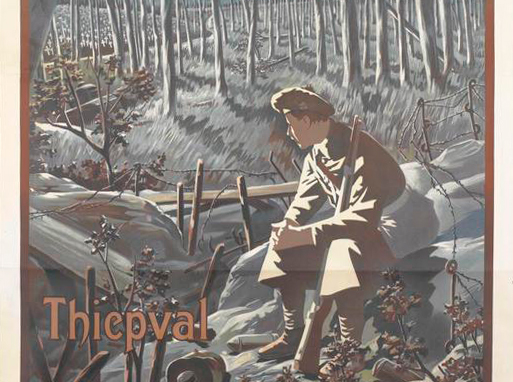
Ulster Unionism and the Somme
Almost 2,000 soldiers from the 36th Ulster Division died on the first day of the Somme campaign. When it was withdrawn from the line, the division had won a reputation as courageous soldiers. The men had actually broken through the German lines, unlike most of the British infantry on that bloody...
READ THIS FEATURE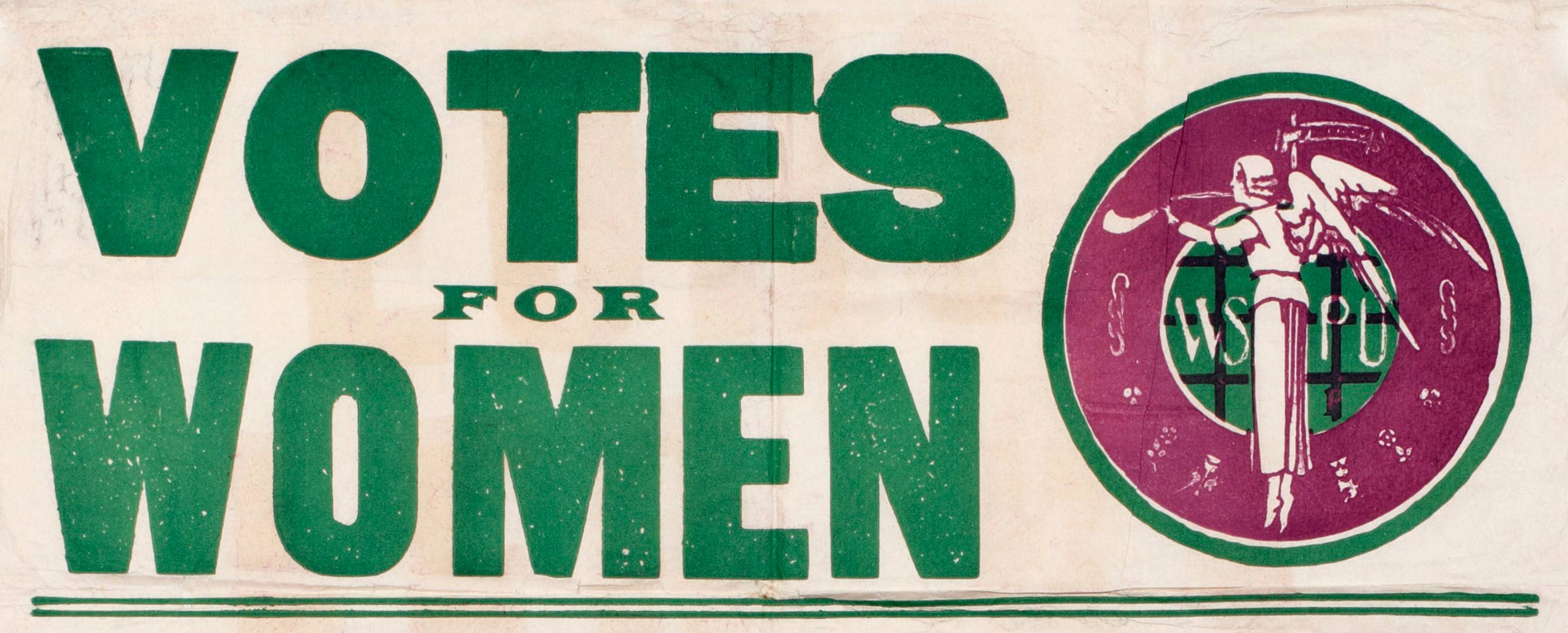
Women and the 1918 Election
In 1867 the all-male House of Commons at Westminster rejected John Stuart Mill’s amendment to 1867 Franchise Reform Act to allow women the vote on the same property terms as men. The dismissal of this amendment led to the establishment of formal suffrage societies across England and Ireland. While the...
READ THIS FEATURE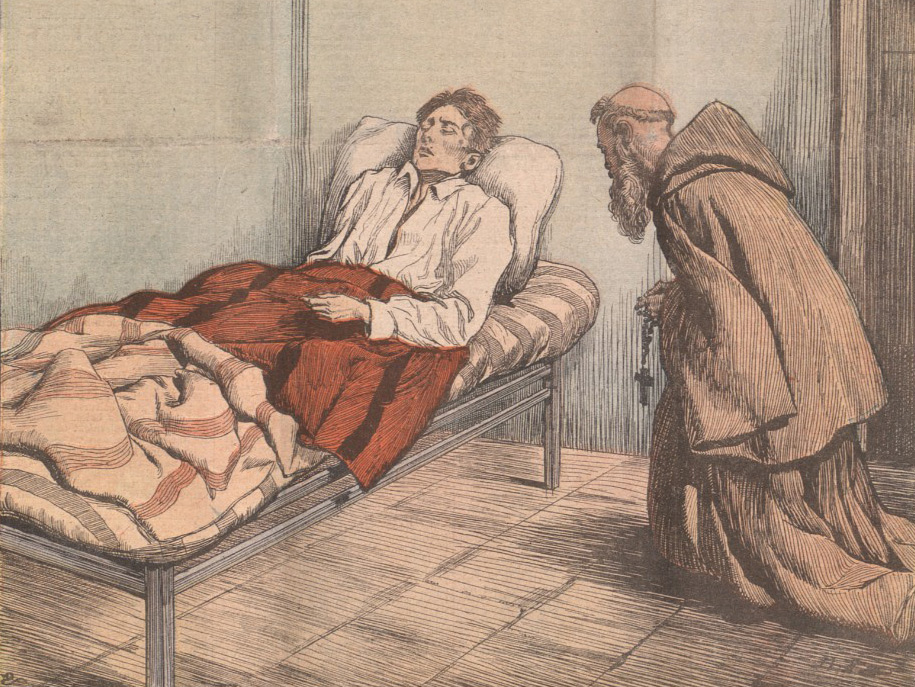
Hunger Strike and Ireland, 1920
For just a few days, in mid-May 1920, the name Francis A. Gleeson made the papers. It became increasingly common in Ireland that spring for unknown young men to become of sudden public interest due to the manner of their dying. In the case of 25-year-old Gleeson, the end had come...
READ THIS FEATURE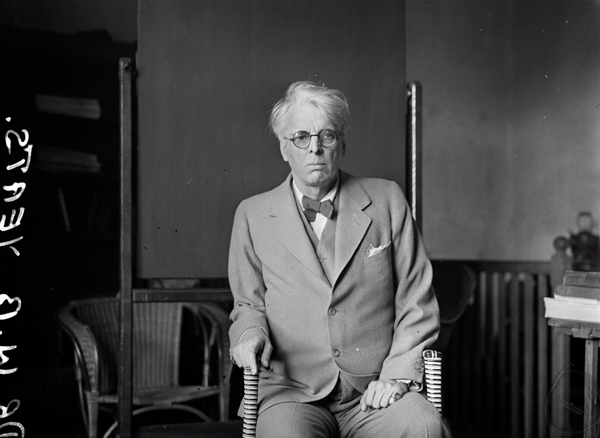
Yeats as ‘Smiling Public Man’: the Nobel Poet and the new State
It was nearly 11 o’clock on the evening of 14 November 1923 when the future editor of the Irish Times telephoned the poet W.B. Yeats and told him he had won the Nobel Prize for Literature. R.M. Smyllie was a reporter in the Newsroom that night when the news...
READ THIS FEATURE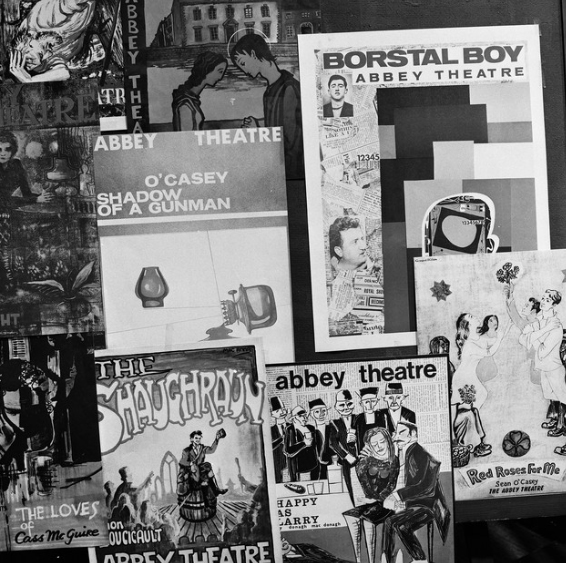
Blood on the Flag: Seán O'Casey's Dublin in the Shadow of Revolution and Civil War
On Thursday, 12 April 1923, The Shadow of a Gunman by Seán O’Casey was first performed on the stage of the Abbey Theatre, Dublin. It was the first play by O’Casey, then aged 43, to be accepted by the Abbey and the first time he used O...
READ THIS FEATURE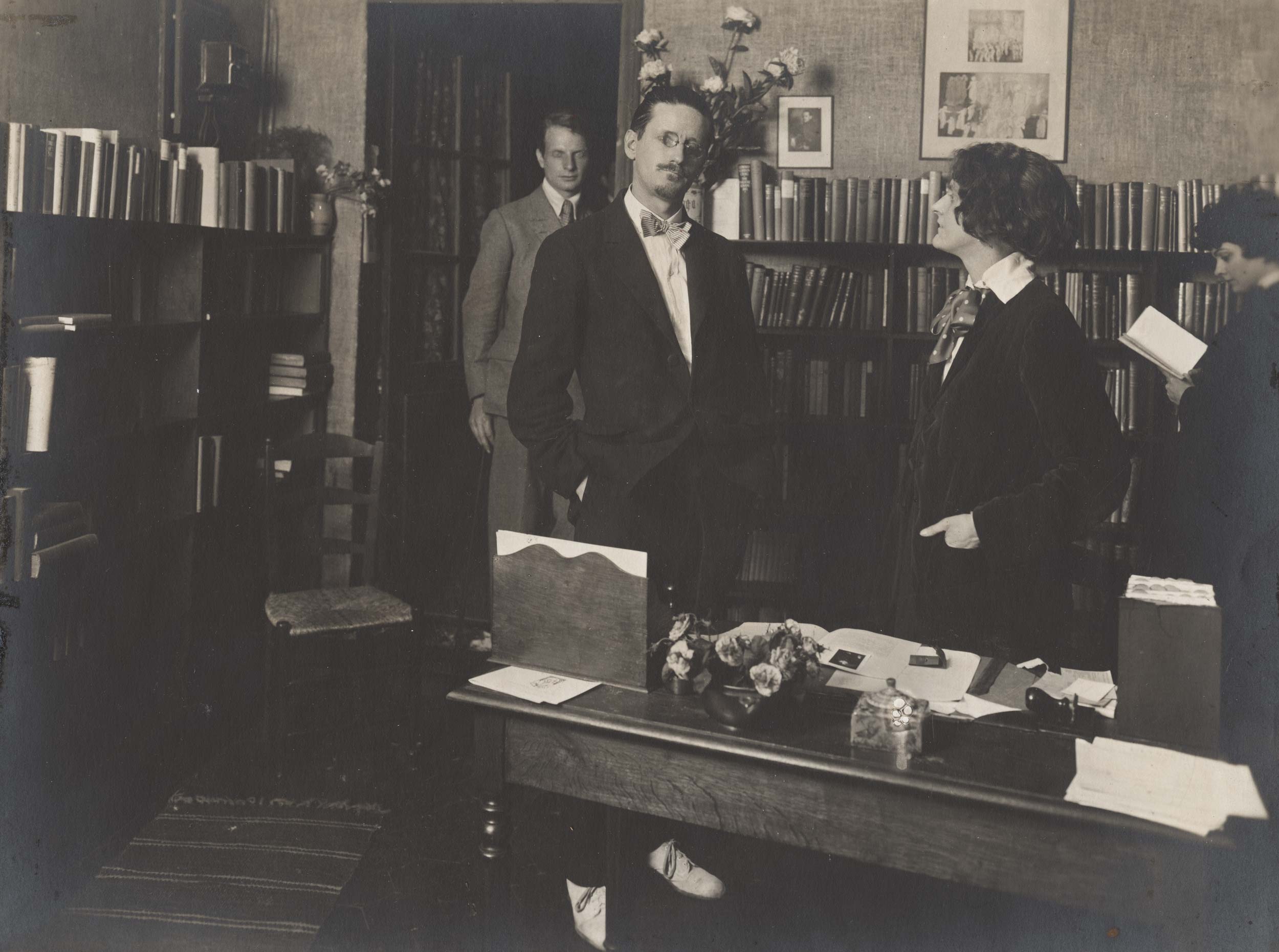
Return to Ithaca – How Joyce completed Ulysses
It was in a dancehall called Bal Bullier in Montparnasse in Paris that the artist Arthur Power first met James Joyce. It was a Saturday night in early April 1921 when Power was called over to Joyce’s table to be introduced to the author, who was always keen...
READ THIS FEATURE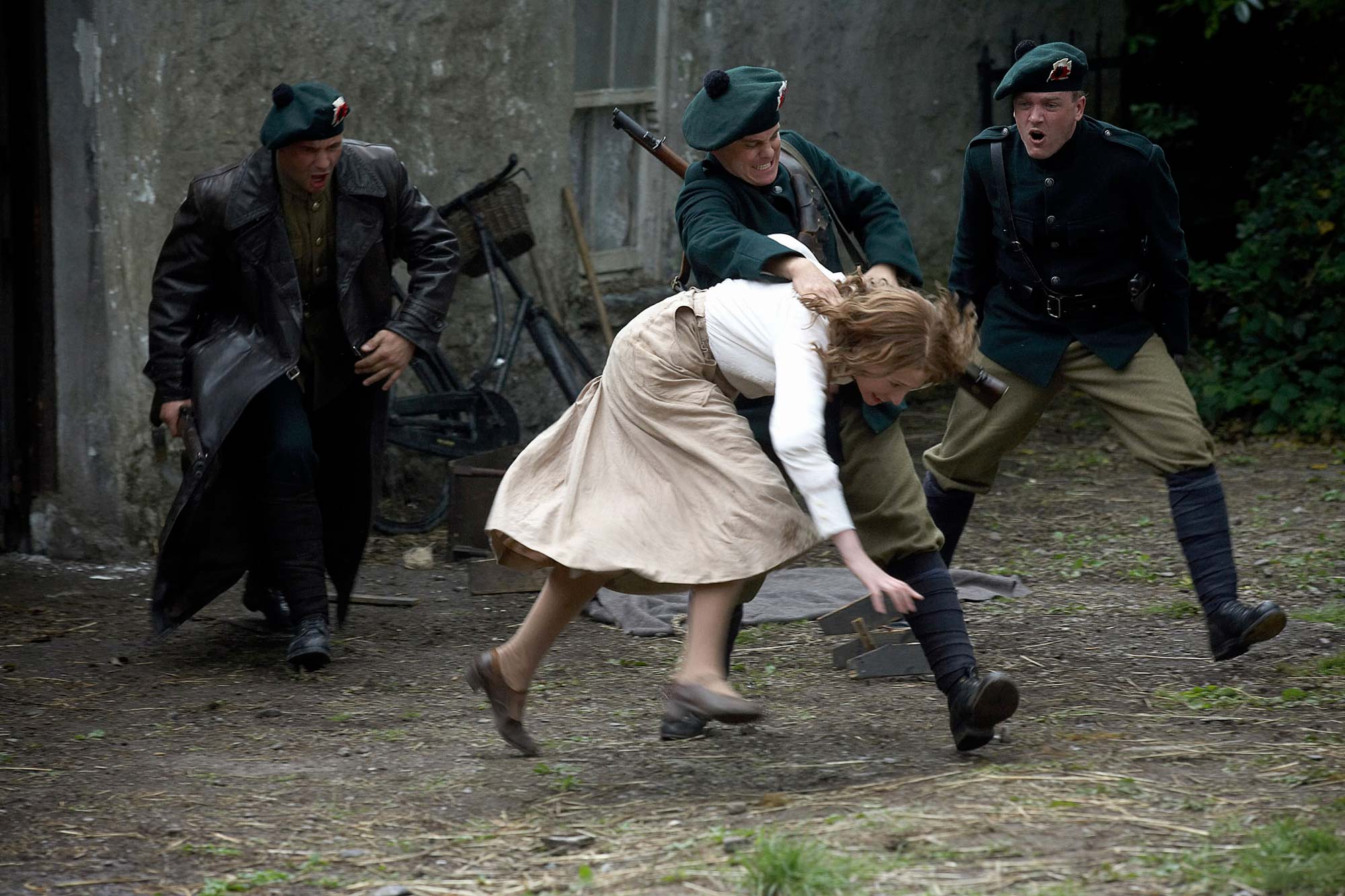
Understanding violence against women in the Irish Revolution – a global context
In 2013, the Irish State launched a decade of remembering the turning points in a “revolution” that led to the foundation of the Irish State and partition of the island, a century ago. At certain junctures, the outcome has been largely consensual, such as during the commemoration of the...
READ THIS FEATURE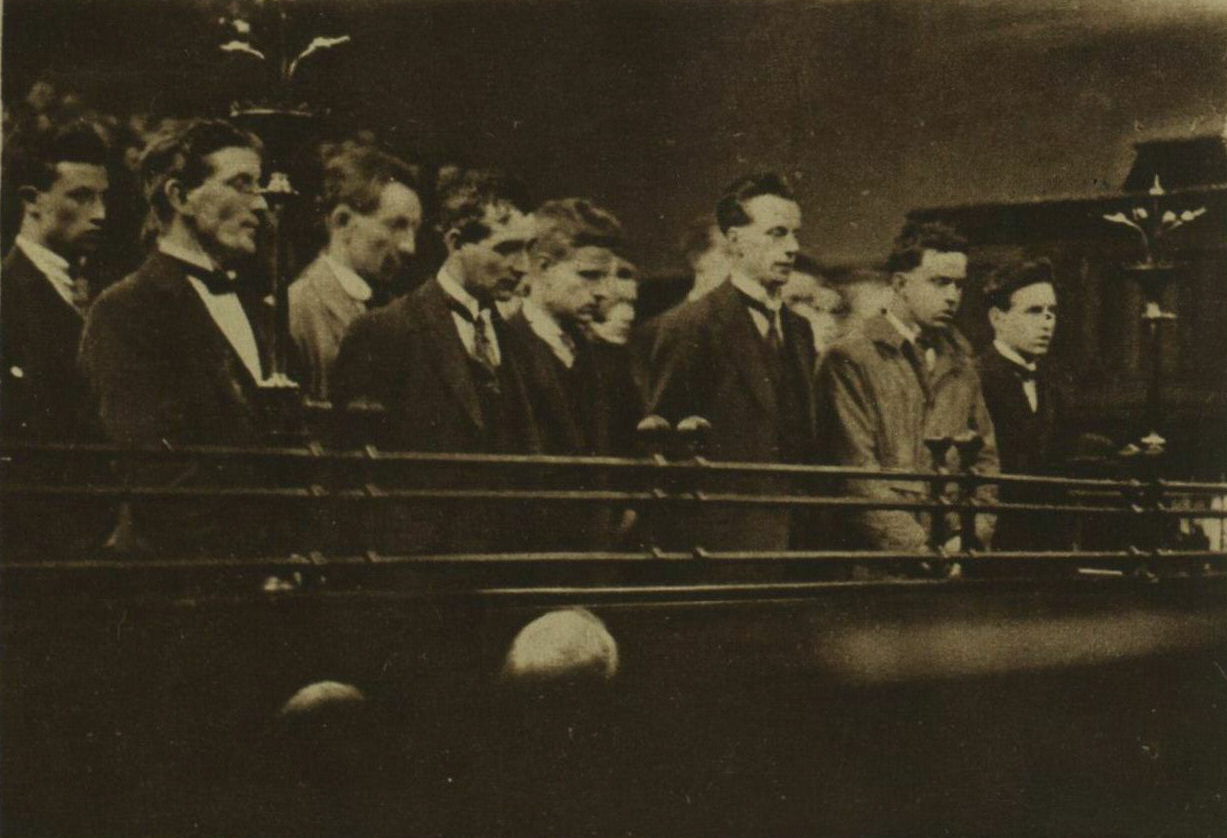
Football on Fire - The IRA war on Manchester City and United, 1920-21
1. It takes only a few names to make the point and you could spend an enjoyable, if non-productive, day arguing over those that do it best. For anyone referencing Johnny Carey, George Best, Paul McGrath and Roy Keane, there’d be others, for certain, with a preference for Paddy...
READ THIS FEATURE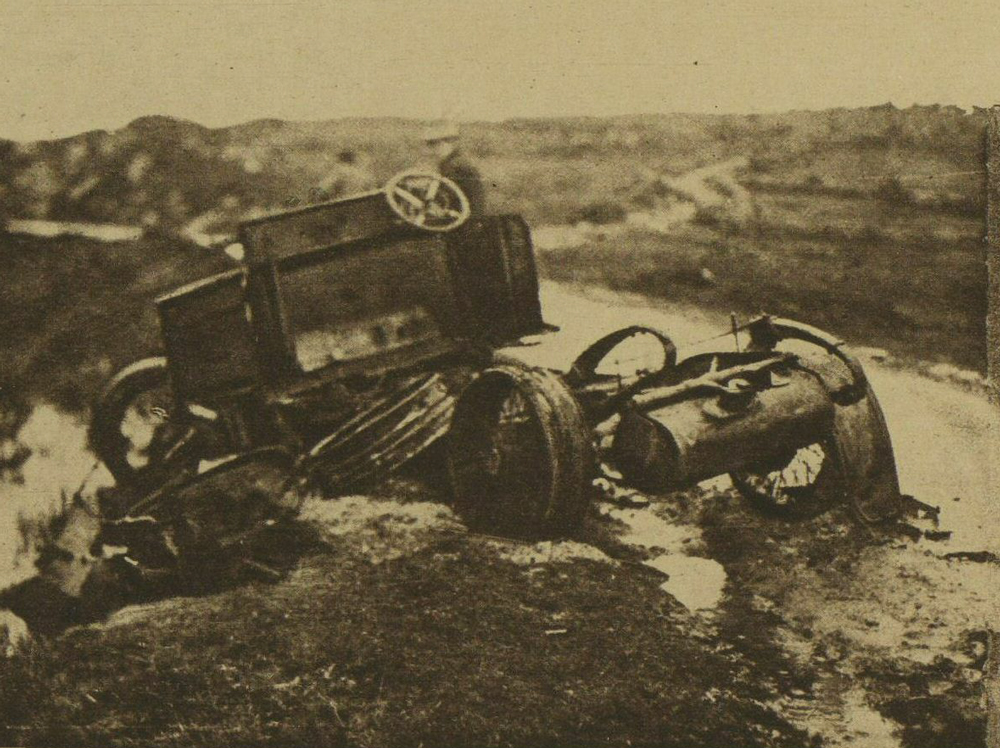
Explainer: The Kilmichael Ambush
What was the Kilmichael Ambush and was it militarily significant? On 28 November 1920, exactly a week after the events of ‘Bloody Sunday’ in Dublin, the West Cork Brigade of the IRA ambushed a police patrol near the village of Kilmichael, 12 kilometres south of Macroom. The ambush resulted in the...
READ THIS FEATURE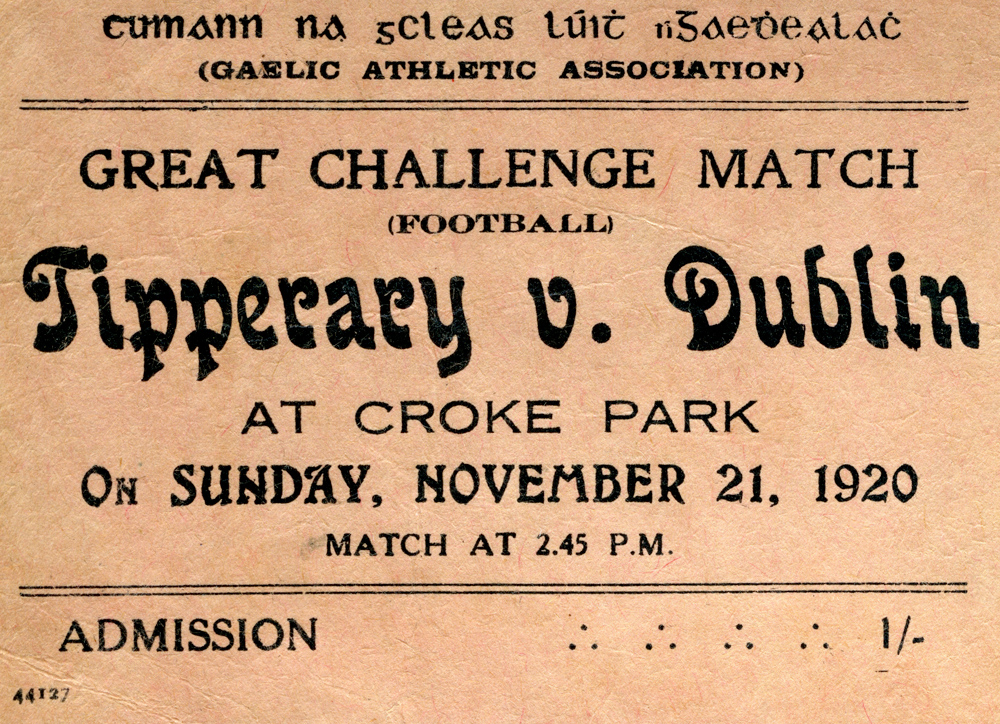
Bloody Sunday, 1920 - killing & dying in the Irish revolution
[A fully annotated version of this article is available here] It was the storm after a comparative calm. It followed one of the quietest weeks in a year of escalating and brutal violence and in a month that had begun amidst the rising unrest that had been unleashed by the...
READ THIS FEATURE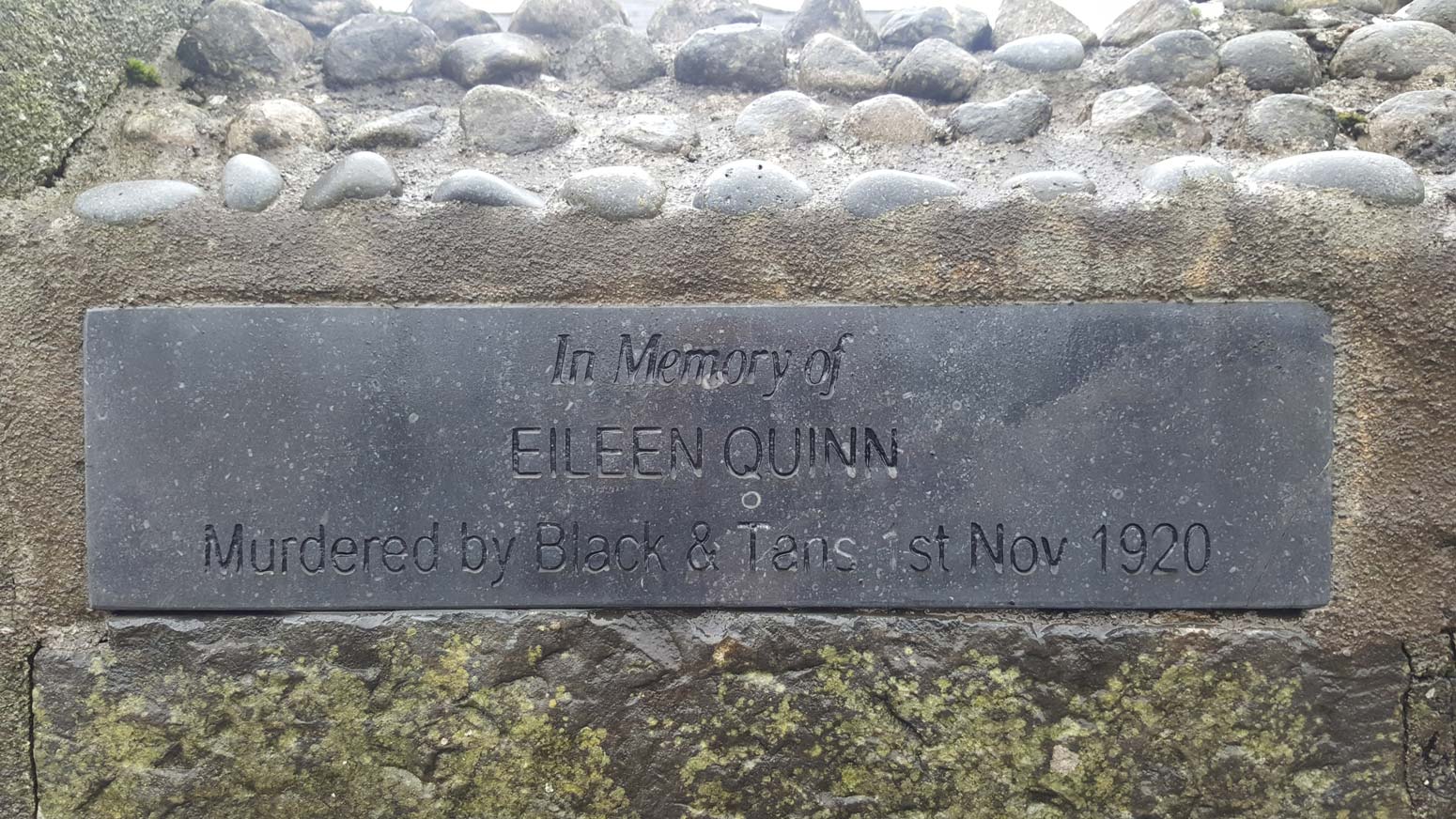
‘Other cheated dead’: Murder and reprisals in Galway’s Gregory-Yeats Country
William Butler Yeats disagreed with his close friend and collaborator Lady Augusta Gregory about a 24-line poem that he wrote one hundred years ago, in November 1920, at the height of the War of Independence. He thought that the poem was ‘good’, but Lady Gregory begged him to suppress...
READ THIS FEATURE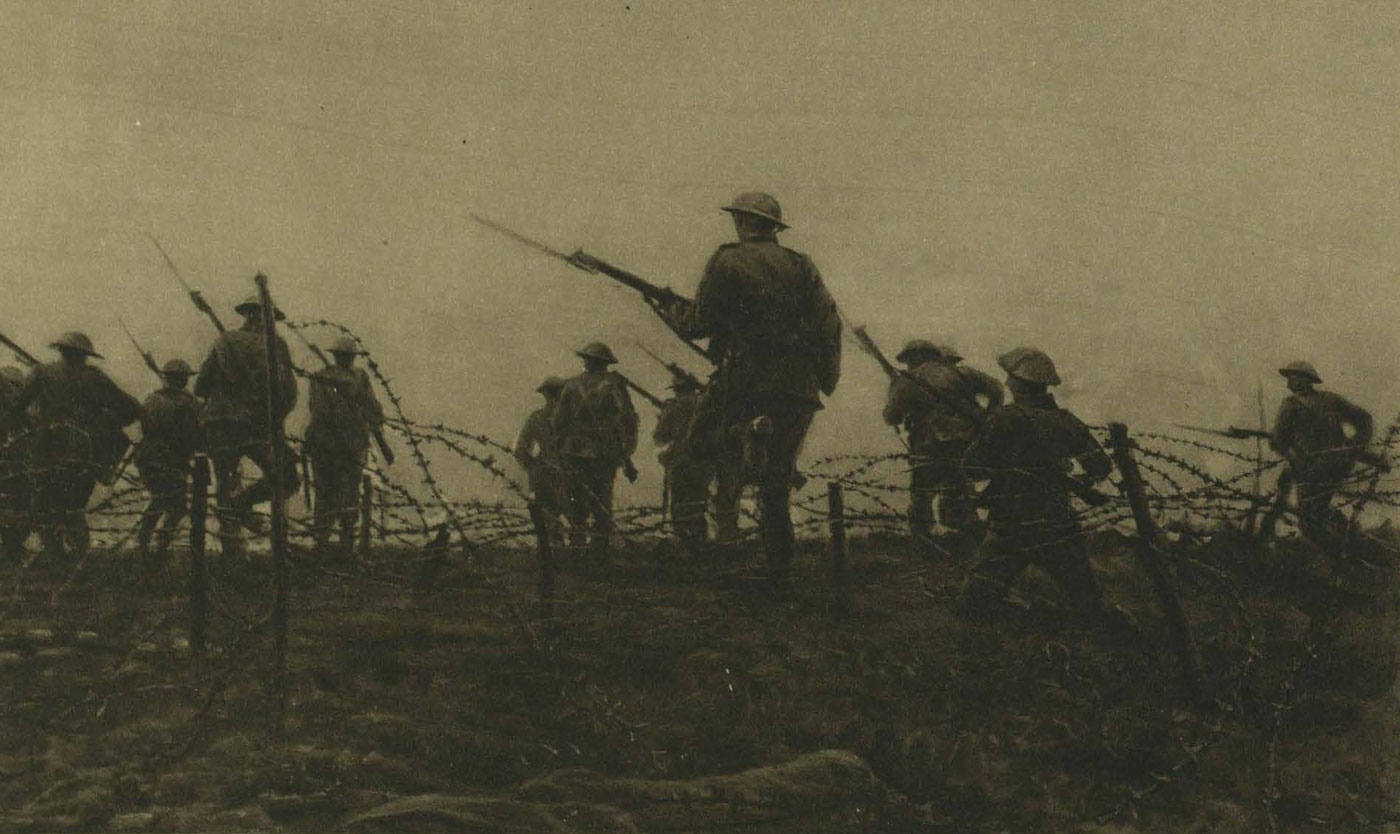
Ireland and the Battle of the Somme
It used to be a Roman road, hence the arrow-like straightness. Today it is the D929. You will pass cemeteries, British, Australian and Canadian war memorials and a cafe called Le Tommy. Even for a superannuated MAMIL (Middle-aged man in lycra to the uninitiated) it takes barely 30 minutes to...
READ THIS FEATURE
Sport and self-determination – making Ireland’s case for Olympic recognition
Maybe the International Olympic Committee had invested too much in the branding, had gone too far down the road of designing logos and producing the signage, t-shirts, mugs and all the other sell-able bric-a-brac to do any different. Tokyo 2020 it was and Tokyo 2020 it will remain, even if, courtesy...
READ THIS FEATURE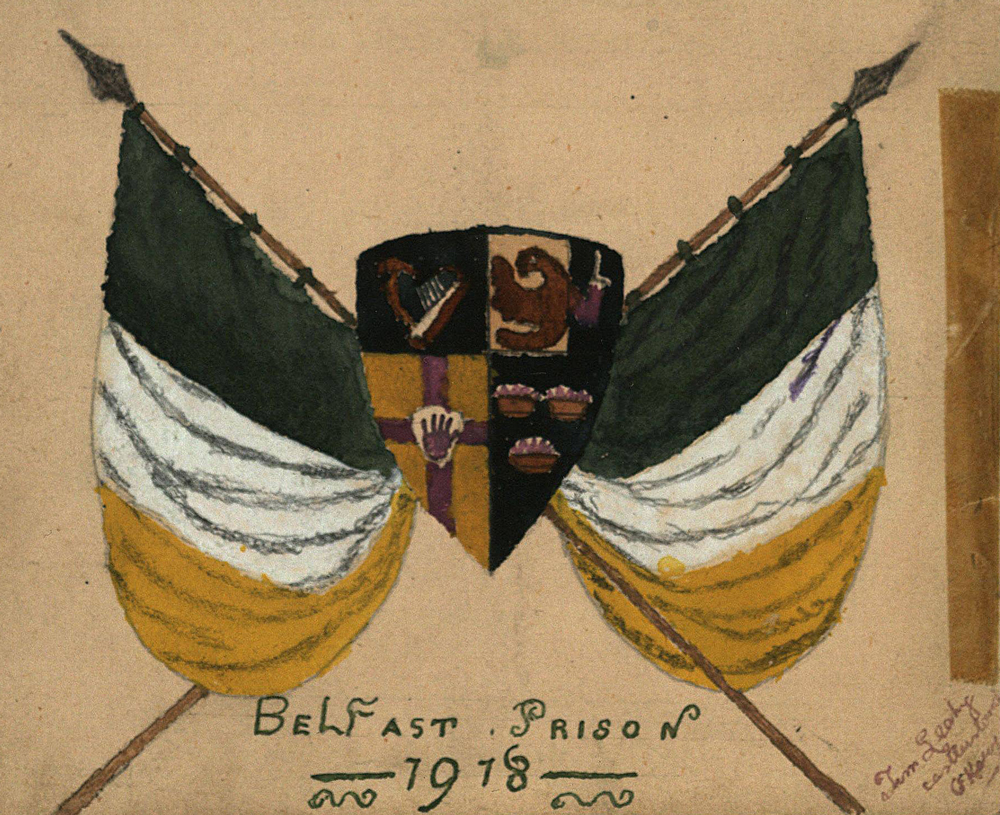
From Belfast Jail to Blackrock tragedy: the death of Sinn Féiner John Gaskin
John Gaskin was a man of many names. When searching for him in the various records related to the revolutionary period – census, police reports, prison and death records, newspapers and Bureau of Military History witness statements – he can be found referenced as Gaskin, Gascoyne, Gascoygne, Gascoigne, Gascoingne, Gasocigne,...
READ THIS FEATURE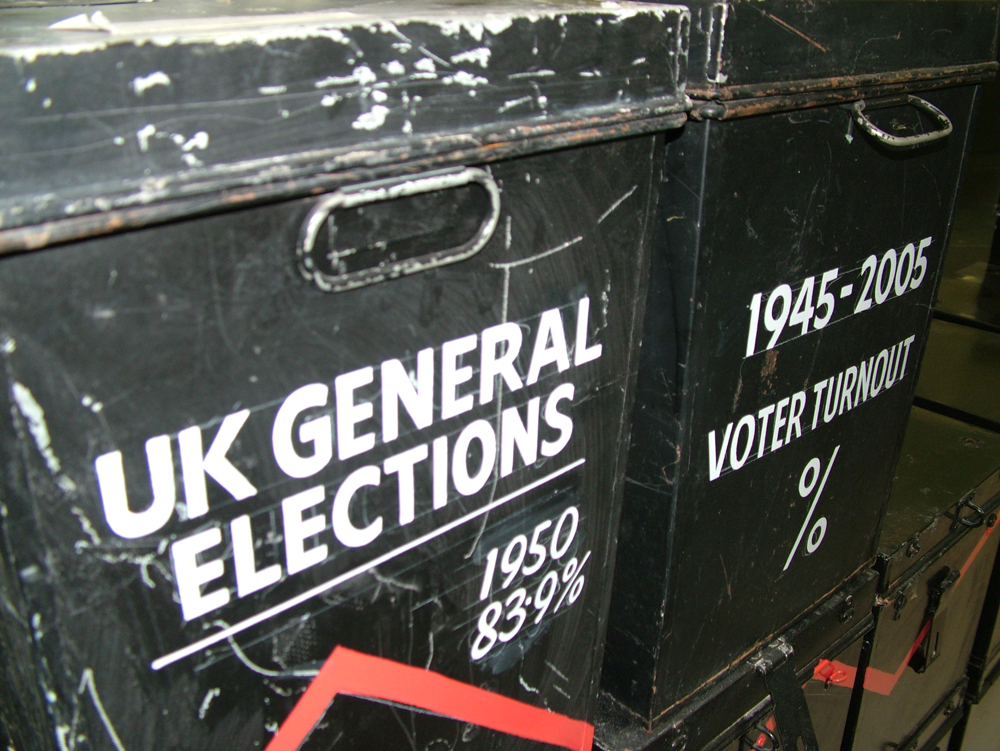
Britain & the Proportional Representation question - a lesson from Ireland, 1920
Doubtless Boris Johnson let loose a harrumph of relief at the news of it. When Nigel Farage announced in advance of the UK's election in December 2019 that his Brexit Party would not contest for seats then held by the Conservatives it spared the British PM a possible...
READ THIS FEATURE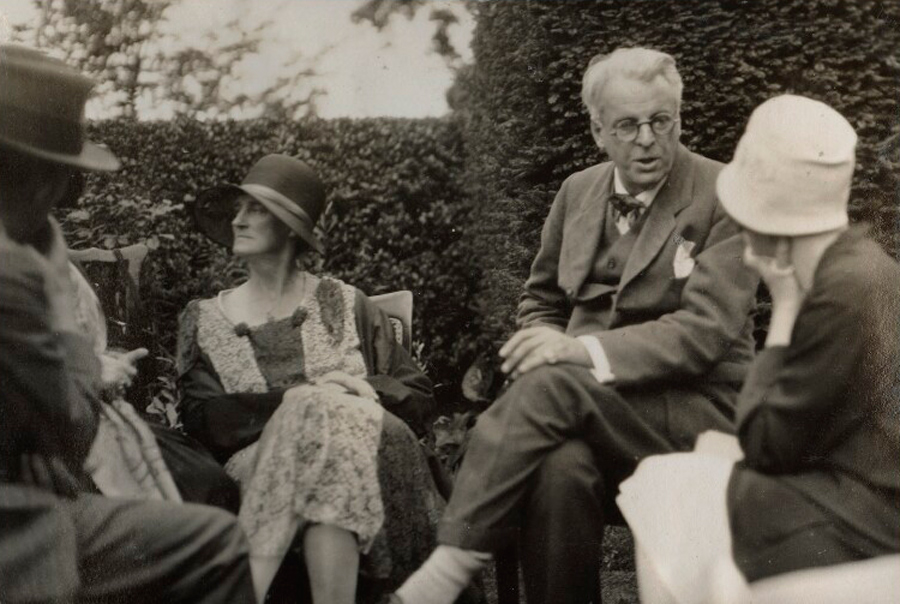
The Father’s Prayers: W.B. Yeats in 1919
On the 19 March 1919, Yeats arrived at the Abbey Theatre to see a unique performance of the play Cathleen Ní Houlihan. Playing the title role was his friend and co-author of the play, Lady Augusta Gregory. She arrived nervous and wet from the heavy rain that had poured all day....
READ THIS FEATURE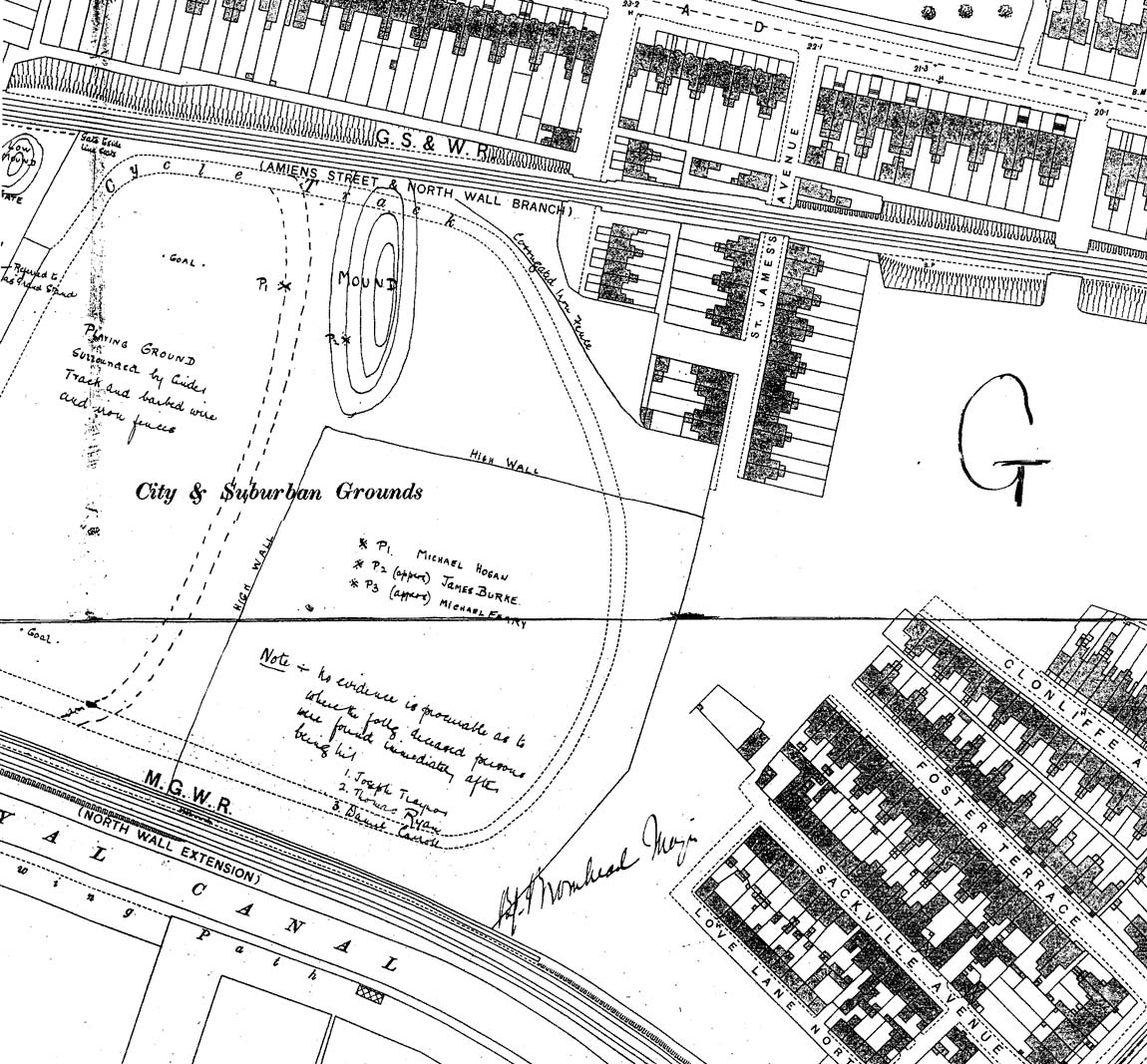
Mapping Bloody Sunday, 21 November 1920
Four years ago, as teams from Ireland and Australia, lined up in advance of International Rules match at Croke Park, 14 lanterns were lit on an empty Hill 16 terrace. Each lantern represented one of the 14 lives lost to a murderous killing spree by British Crown forces in the same stadium 96 years...
READ THIS FEATURE
In search of a modern Ireland – the Society of Dublin Painters
On 5 August 1920, a new collective of Irish artists opened their first exhibition at 7 St. Stephen’s Green. The Society of Dublin Painters was comprised of Ireland’s most prominent artists, and this group sought to bring modernism to Ireland, hosting exhibitions until the 1950s. The society’s...
READ THIS FEATURE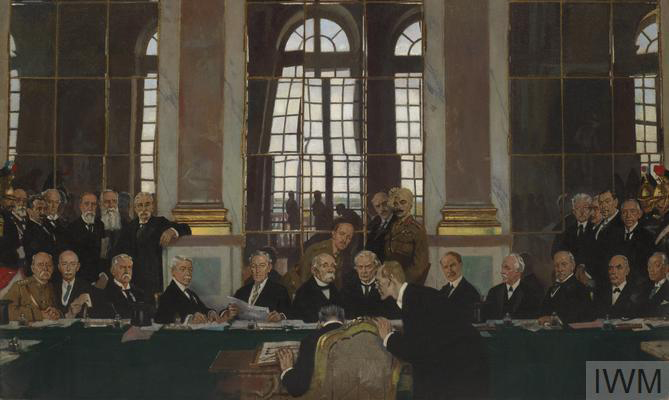
William Orpen – Ireland’s painter of war and peace
On the 28 June 1919, the peace treaty was signed in the opulent Hall of Mirrors at the Palace of Versailles. After six months of negotiations and following four long years of war, it was a settlement that, ultimately, satisfied no one – and its reverberations would be felt across the century...
READ THIS FEATURE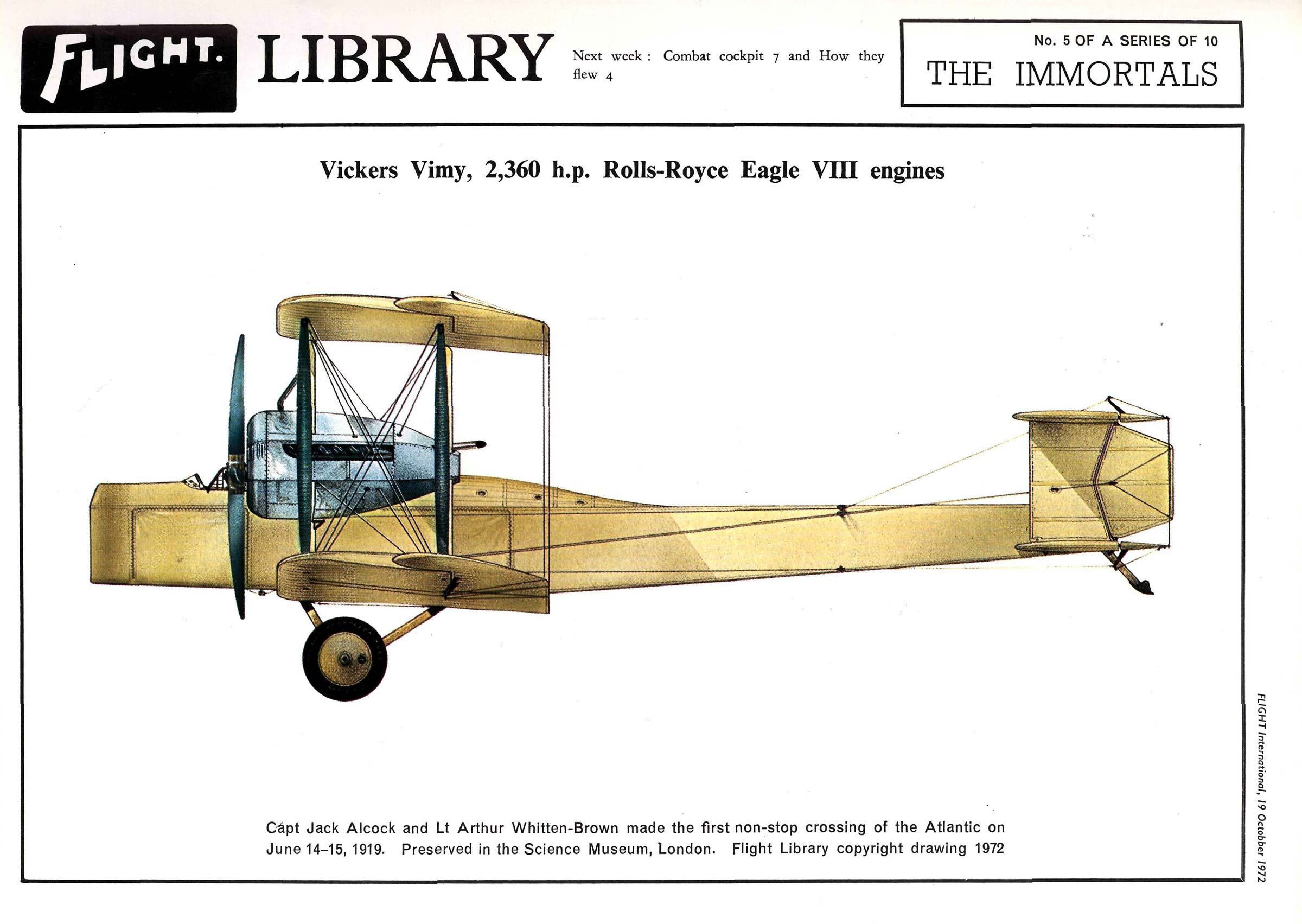
Flying into history – Ireland & the story of the first Transatlantic Flight
On 17 December 1903 Orville Wright piloted the world’s first powered airplane in a successful flight. Above a windswept North Carolina beach, Wright flew the plane at a height of 20 feet and for a mere 12 seconds. In all the plane covered a distance of 120 feet in the air. From such...
READ THIS FEATURE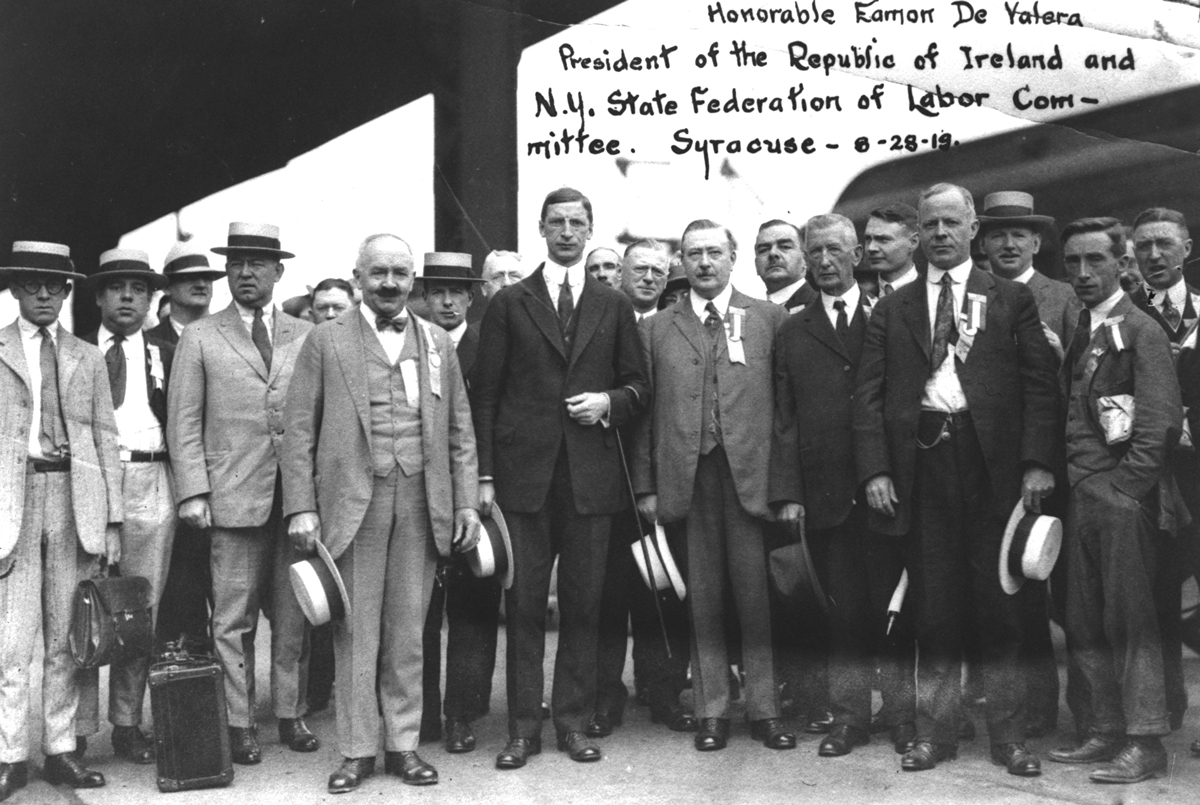
De Valera in America
On 1 June 1919, Éamon de Valera, leader of Sinn Féin and President of Dáil Éireann, left his home in Greystones on the first part of an epic journey that would take him back to the country of his birth: the United States. It might seem...
READ THIS FEATURE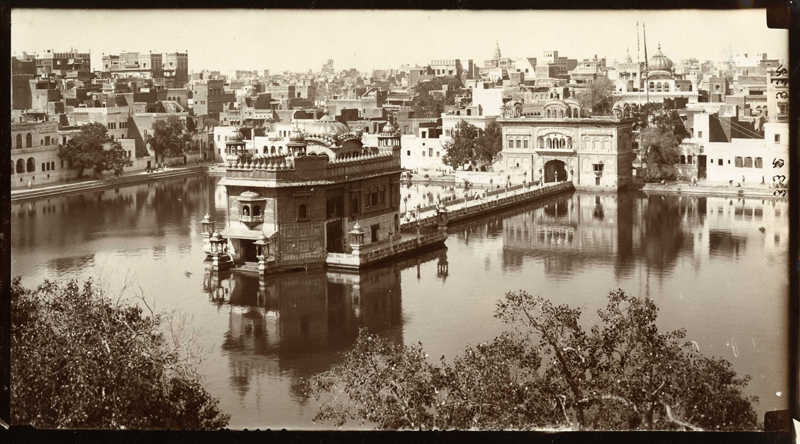
FEATURE - The Amritsar Massacre, 13 April 1919
In February 1920 in New York, Éamon de Valera was a key note speaker at a ‘Friends of Freedom for India’ gathering in the Central Opera House, which, according to reports, was jammed to the rafters. His talk was titled ‘Ireland and India’, and in it...
READ THIS FEATURE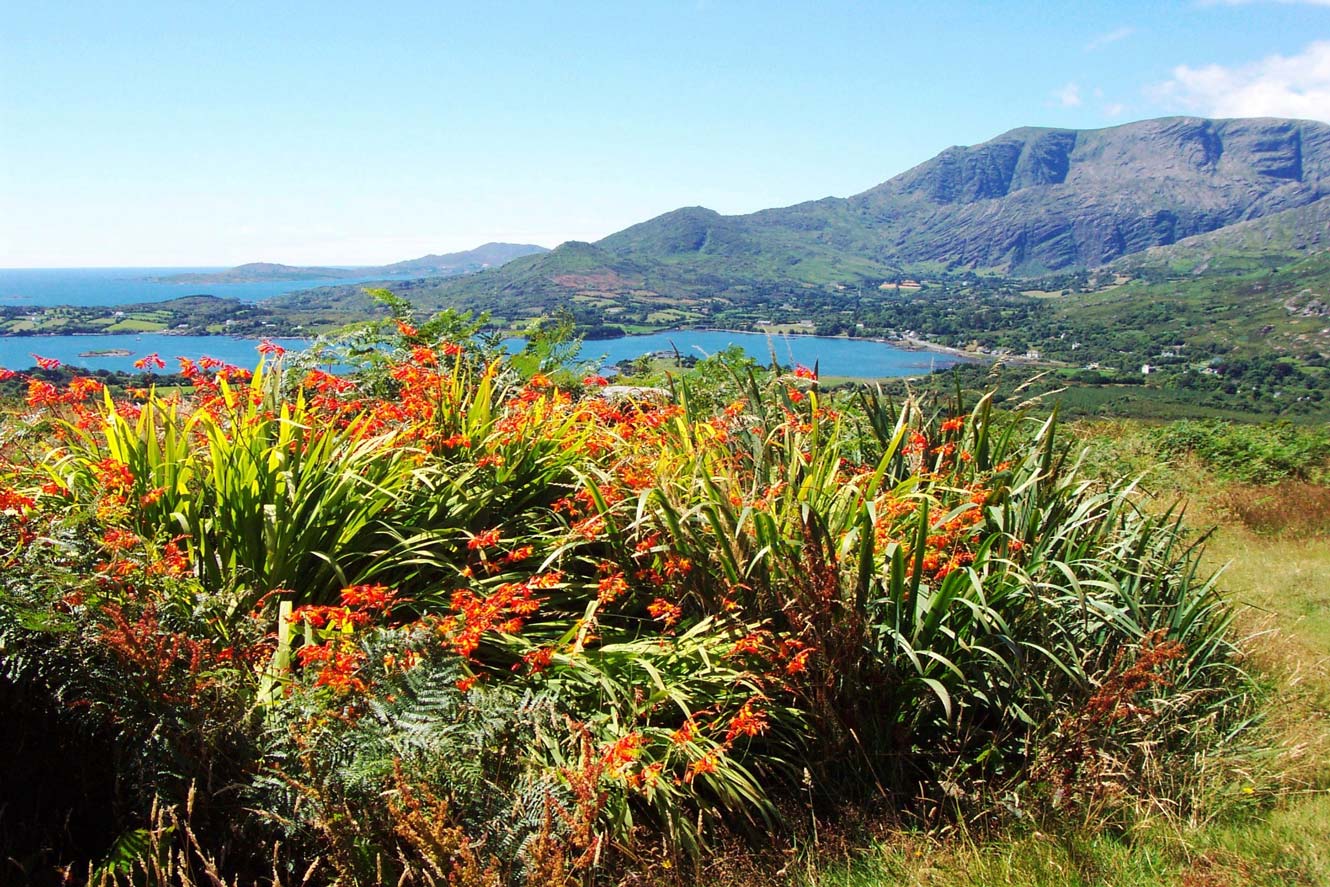
Daylight Saving - the troubled history of Irish time
In March 2019, MEPs voted overwhelmingly to do away with the practice of changing clocks twice a year – by 2021 Daylight Saving time in Ireland will be no more. The vote followed on from research conducted by the European Commission (EC) that included a public consultation. 4.6 million people responded – the...
READ THIS FEATURE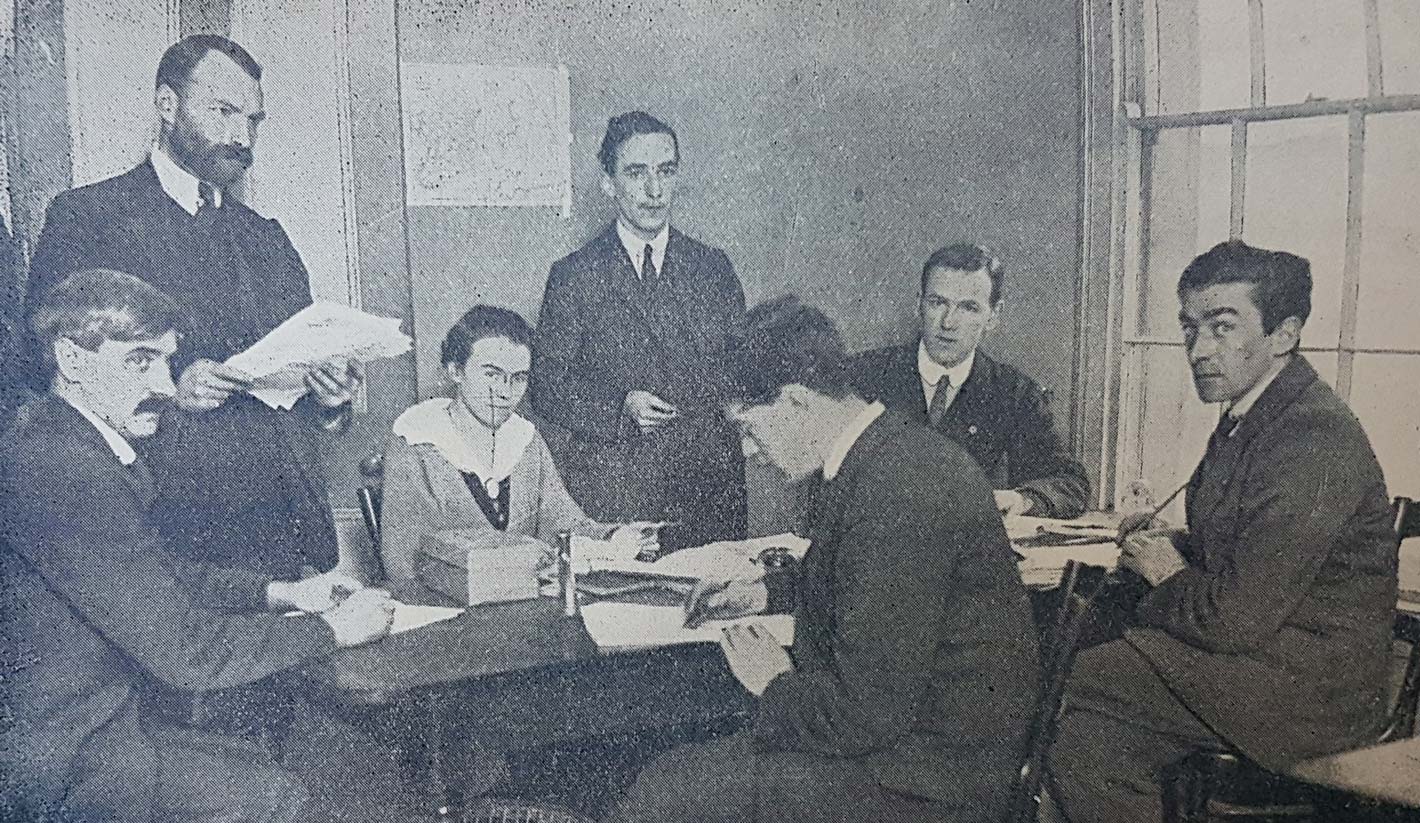
LONGREAD: The Democratic Programme and Labour, 1919
It was an unusual time and place for a controversy about the origins of the State to develop: in the middle of the ‘Emergency’, the Second World War, in the Seanad, on a sleepy Thursday afternoon and on the Second Stage of an Appropriations Bill. Indeed, when the...
READ THIS FEATURE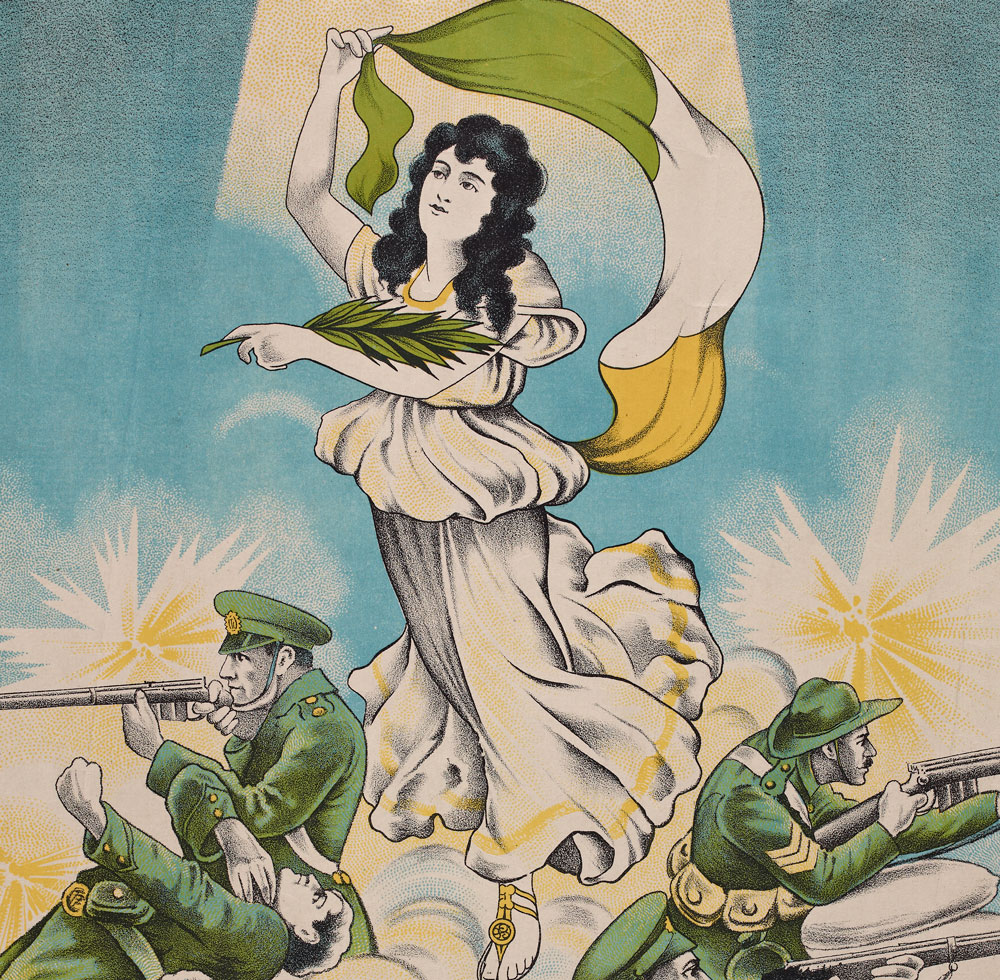
Prelude to partition or a republic? The 1918 election in Ireland
Election day was fixed for 14 December 1918, but it took two weeks and a Christmas interval for the votes cast to be actually counted. When they were, on 28 December, the results were at once dramatic and entirely predictable. The near obliteration of the Irish Parliamentary Party and its replacement by Sinn...
READ THIS FEATURE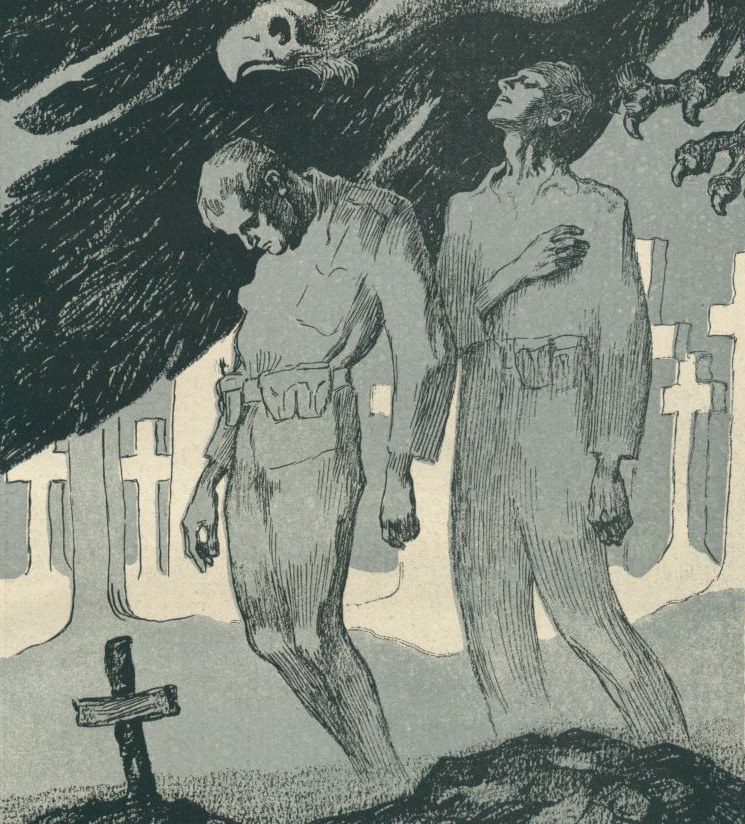
The last to die - Irishmen and the final day of the First World War
The years of World War One, which began in the late summer of 1914, resulted in a tide of men leaving Ireland to fight in various theatres of war. It is estimated that some 210,000 Irishmen joined the war, and that over 35,000 died. The men came from both the catholic and protestant...
READ THIS FEATURE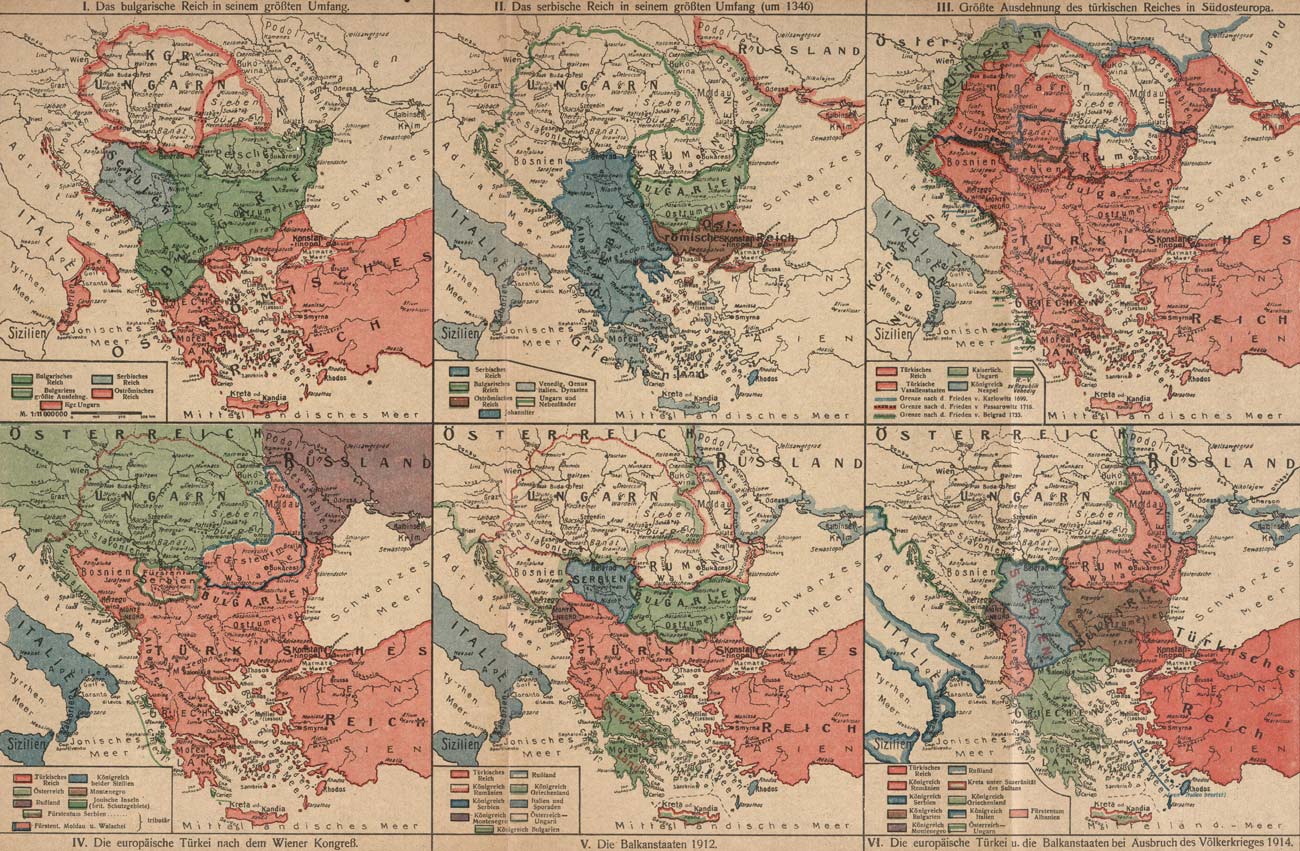
The Prolonged War: Violence & the Reshaping of Europe 1918-1923
Almost exactly 100 years ago, the Great War ended with the defeat of the Central Powers. Their military collapse went hand-in-hand with the disappearance from the map of three vast and centuries-old land empires: the Ottoman, Habsburg and Romanov empires. A fourth, the Hohenzollern Empire, which had become a major land...
READ THIS FEATURE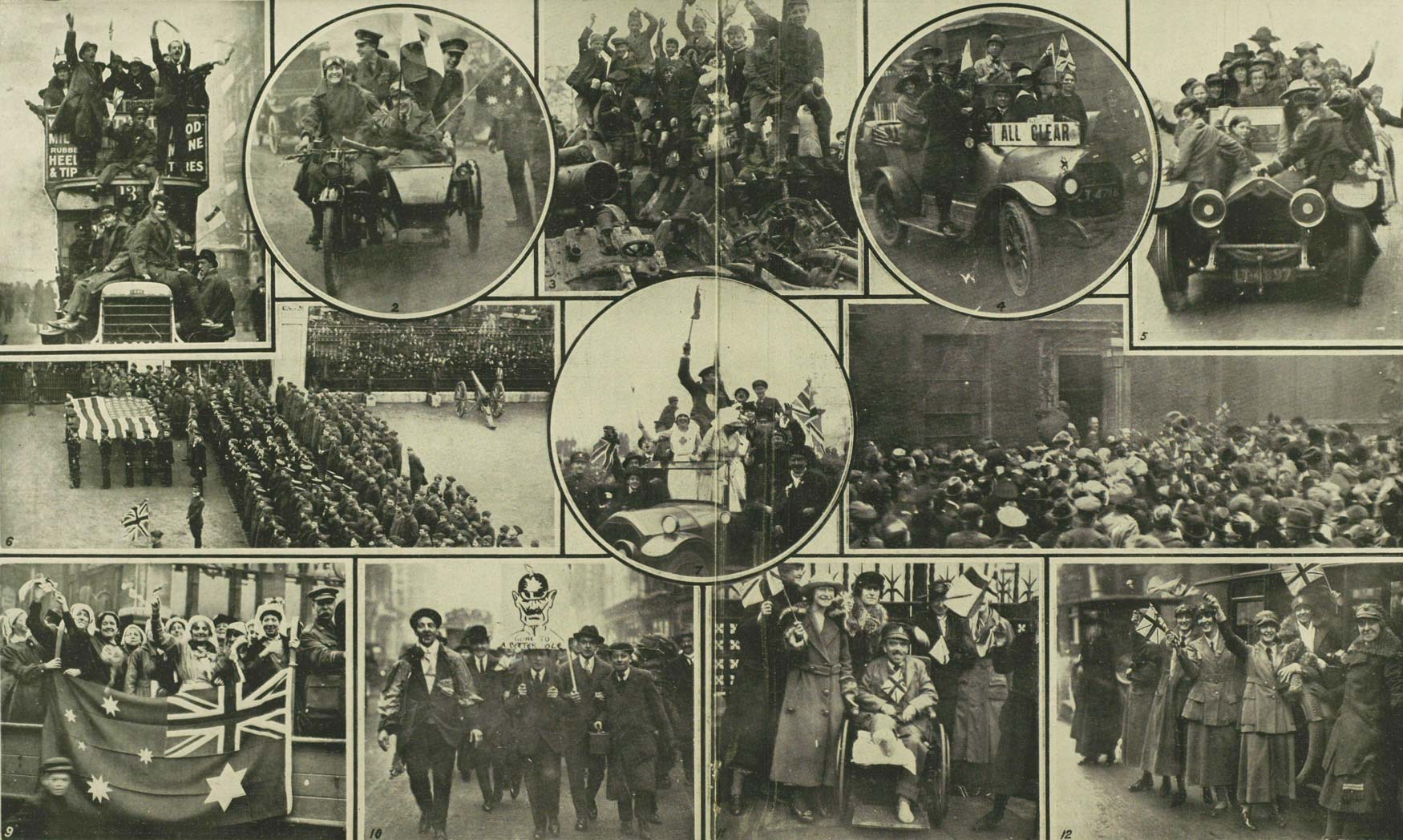
November, 1918: Ireland & the End of the First World War
‘The greatest day in all history’ read the title text on the cinema newsreel and the pictures that followed gave viewers no reason to doubt the veracity of that heady claim. The Pathé footage, silent and flickering, relayed joyous scenes from the streets of Paris, London and...
READ THIS FEATURE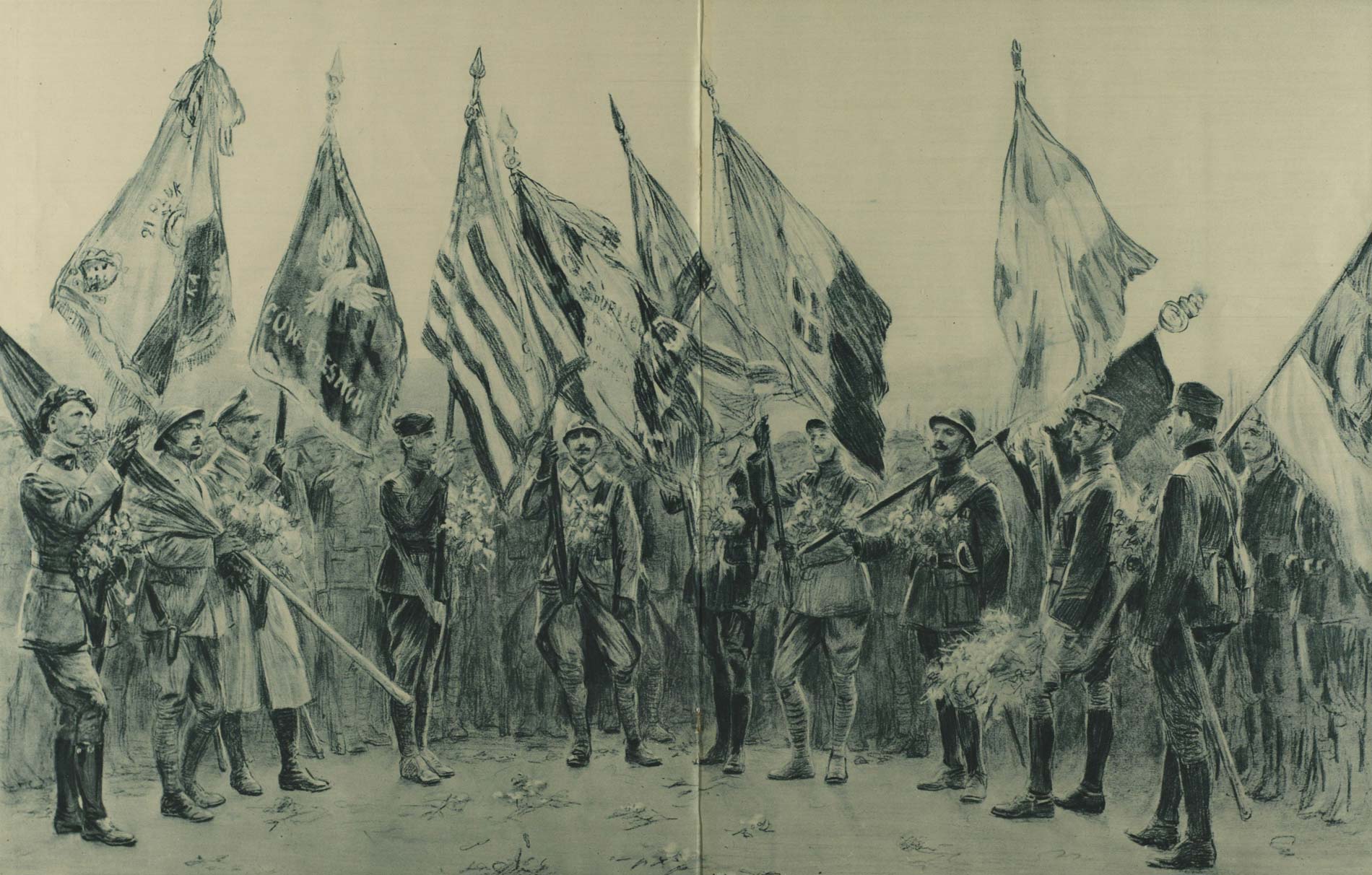
Post-war Europe – Nations, States & Collapsing Empires
The First World War brought about the collapse of four multinational empires – the Russian empire in 1917, and then the Ottoman, Austro-Hungarian, and German empires in 1918. They collapsed in defeat and revolution. For centuries, these empires had represented the dominant form of political organisation in central and eastern Europe and...
READ THIS FEATURE- Ulster Unionism and the Somme
- Women and the 1918 Election
- Hunger Strike and Ireland, 1920
- Yeats as ‘Smiling Public Man’: the Nobel Poet and the new State
- Blood on the Flag: Seán O'Casey's Dublin in the Shadow of Revolution and Civil War
- Return to Ithaca – How Joyce completed Ulysses
- Understanding violence against women in the Irish Revolution – a global context
- Football on Fire - The IRA war on Manchester City and United, 1920-21
- Explainer: The Kilmichael Ambush
- Bloody Sunday, 1920 - killing & dying in the Irish revolution
- ‘Other cheated dead’: Murder and reprisals in Galway’s Gregory-Yeats Country
- Ireland and the Battle of the Somme
- Sport and self-determination – making Ireland’s case for Olympic recognition
- From Belfast Jail to Blackrock tragedy: the death of Sinn Féiner John Gaskin
- Britain & the Proportional Representation question - a lesson from Ireland, 1920
- The Father’s Prayers: W.B. Yeats in 1919
- Mapping Bloody Sunday, 21 November 1920
- In search of a modern Ireland – the Society of Dublin Painters
- William Orpen – Ireland’s painter of war and peace
- Flying into history – Ireland & the story of the first Transatlantic Flight
- De Valera in America
- FEATURE - The Amritsar Massacre, 13 April 1919
- Daylight Saving - the troubled history of Irish time
- LONGREAD: The Democratic Programme and Labour, 1919
- Prelude to partition or a republic? The 1918 election in Ireland
- The last to die - Irishmen and the final day of the First World War
- The Prolonged War: Violence & the Reshaping of Europe 1918-1923
- November, 1918: Ireland & the End of the First World War
- Post-war Europe – Nations, States & Collapsing Empires
- Ulster Unionism and the Somme
- Women and the 1918 Election
- Hunger Strike and Ireland, 1920
- Yeats as ‘Smiling Public Man’: the Nobel Poet and the new State
- Blood on the Flag: Seán O'Casey's Dublin in the Shadow of Revolution and Civil War
- Return to Ithaca – How Joyce completed Ulysses
- Understanding violence against women in the Irish Revolution – a global context
- Football on Fire - The IRA war on Manchester City and United, 1920-21
- Explainer: The Kilmichael Ambush
- Bloody Sunday, 1920 - killing & dying in the Irish revolution
- ‘Other cheated dead’: Murder and reprisals in Galway’s Gregory-Yeats Country
- Ireland and the Battle of the Somme
- Sport and self-determination – making Ireland’s case for Olympic recognition
- From Belfast Jail to Blackrock tragedy: the death of Sinn Féiner John Gaskin
- Britain & the Proportional Representation question - a lesson from Ireland, 1920
- The Father’s Prayers: W.B. Yeats in 1919
- Mapping Bloody Sunday, 21 November 1920
- In search of a modern Ireland – the Society of Dublin Painters
- William Orpen – Ireland’s painter of war and peace
- Flying into history – Ireland & the story of the first Transatlantic Flight
- De Valera in America
- FEATURE - The Amritsar Massacre, 13 April 1919
- Daylight Saving - the troubled history of Irish time
- LONGREAD: The Democratic Programme and Labour, 1919
- Prelude to partition or a republic? The 1918 election in Ireland
- The last to die - Irishmen and the final day of the First World War
- The Prolonged War: Violence & the Reshaping of Europe 1918-1923
- November, 1918: Ireland & the End of the First World War
- Post-war Europe – Nations, States & Collapsing Empires
Century Ireland
The Century Ireland project is an online historical newspaper that tells the story of the events of Irish life a century ago.
